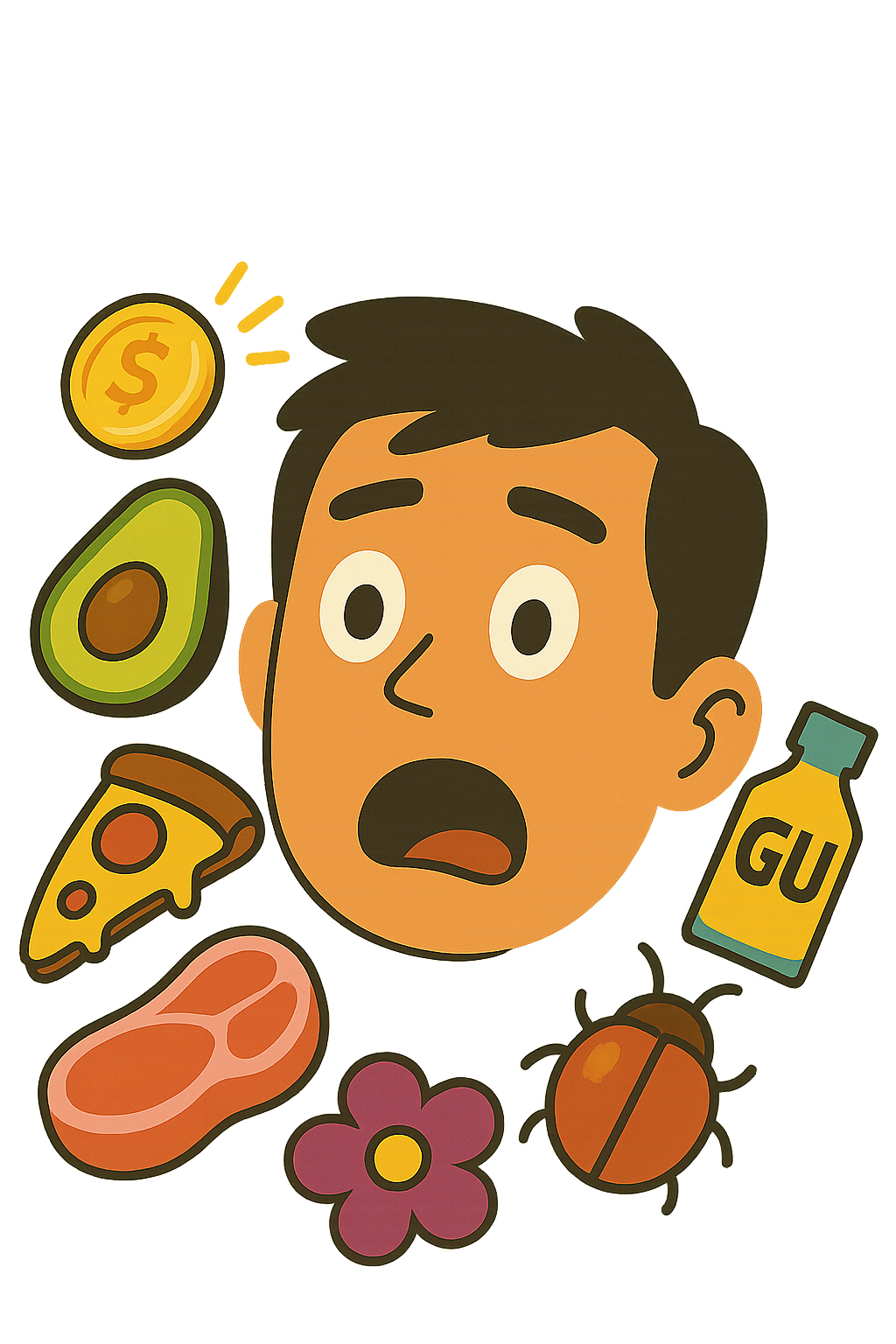Can you eat moldy currants?
Quick Answer
No
Eating moldy currants can be harmful to your health. The mold may produce mycotoxins, which are poisonous substances that can cause various health problems.

What Is It?
Moldy currants are currants that have been contaminated with mold, a type of fungus. This usually occurs when the currants are stored in damp, warm conditions.
How to Tell
Moldy currants may have a fuzzy or slimy appearance. They may also have a musty smell and an off taste.
Why It Can Be Risky
Eating moldy currants can pose several health risks.
- Allergic reactions: Some people are allergic to mold and can experience symptoms such as sneezing, itching, and rash.
- Respiratory problems: Inhaling mold spores can cause respiratory problems, especially in people with asthma or other respiratory conditions.
- Digestive issues: Eating moldy food can cause digestive problems like nausea, vomiting, and diarrhea.
- Mycotoxin poisoning: Some molds produce mycotoxins, which are poisonous substances that can cause serious health problems.
Safe Method?
If you find mold on your currants, it’s best to throw them away. Mold can penetrate deep into the fruit, so simply removing the visible mold may not be enough.
Safe Alternatives
If your currants have gone moldy, consider using other types of berries or dried fruits as a substitute in your recipes.
Storage Tips
Store currants in a cool, dry place to prevent mold growth.’, ‘Use airtight containers to keep your currants fresh for longer.’, ‘If you have a large amount of currants, consider freezing them to extend their shelf life.